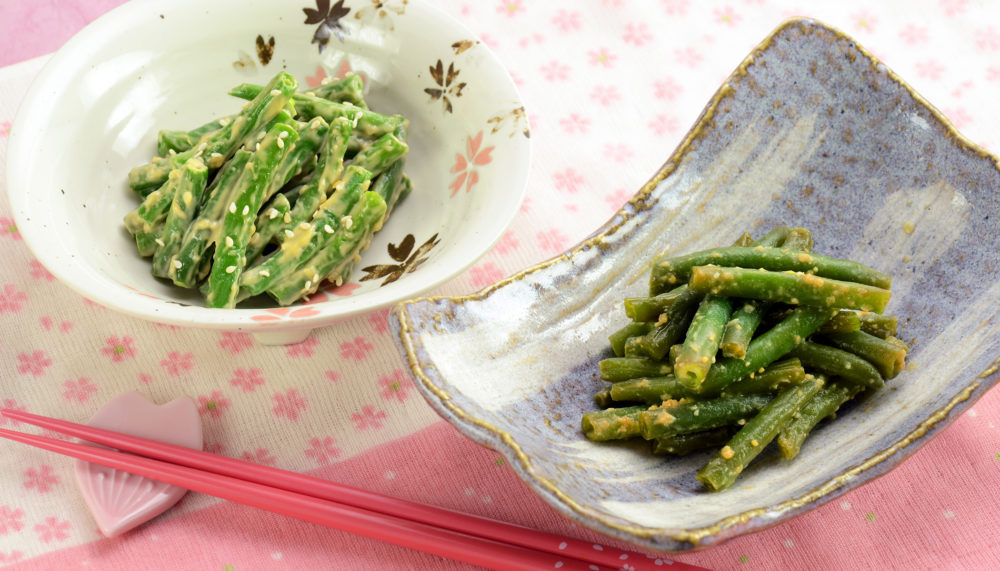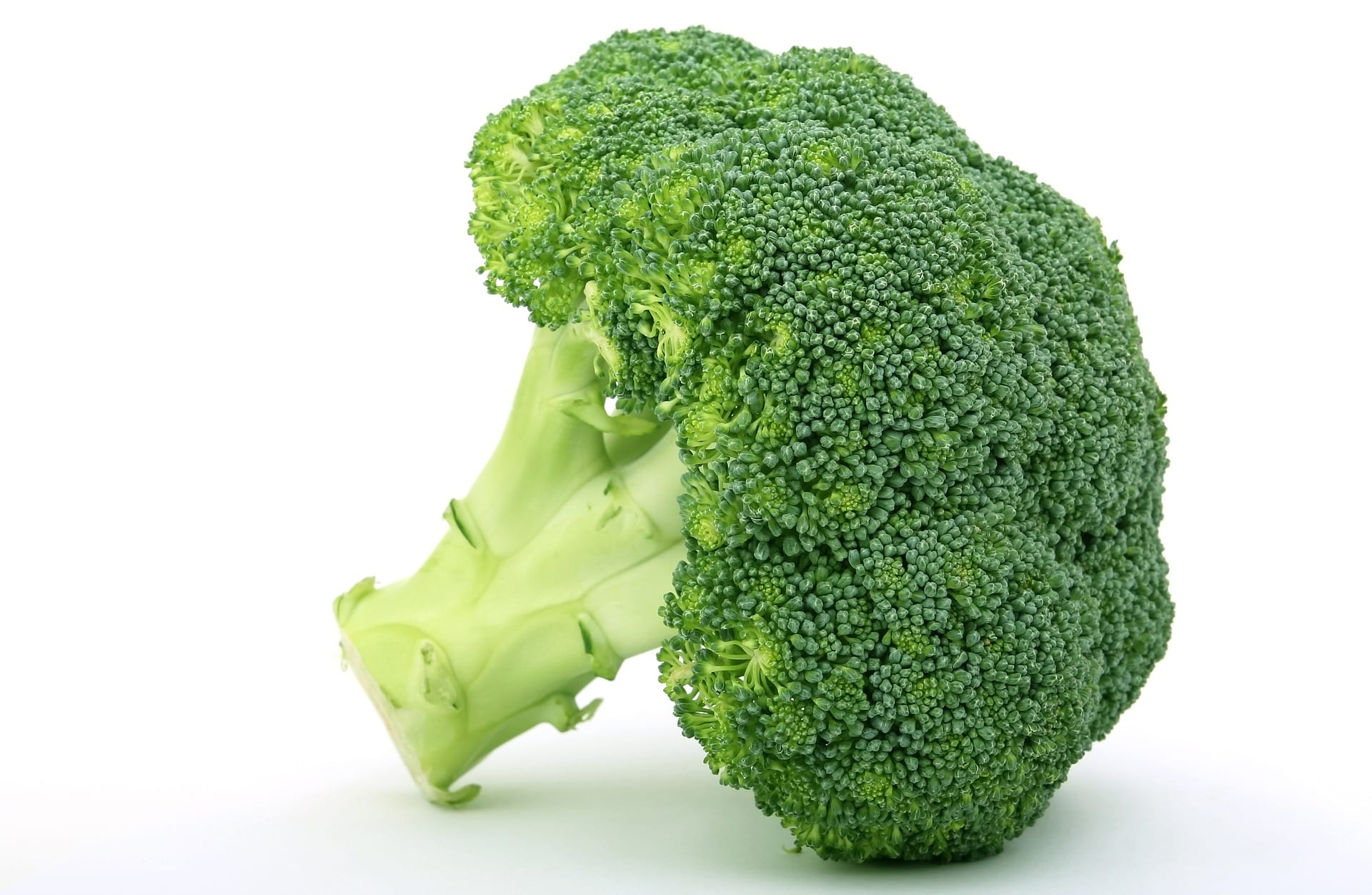Have you heard of aemono? It is an appetizer Japanese of the healthiest that has just landed in the West. It is likely that we will hear more and more of it, since it is easy to prepare. In addition, we must once again emphasize its benefits for the health. What role does sesame play in it? Are we facing a new hummus? Find out!
La Japanese gastronomy It is known to be one of the healthiest in the world. Not surprisingly, the country of the rising sun competes every year for first place in longevity with Spain. Among all its culinary gems we will refer to one that is beginning to be noticed in the West. It's called aemono and it literally means "mixed things". They are salads or scrambled eggs that are made from the main ingredients. Usually these are fish, shellfish y vegetables accompanied by a thick sauce.
This is made up of dressings like miso, sesame, mustard o tofu. Its objective is to add flavor and consistency to the meal. The latter is served in Japan, usually in a small plate. Just like a snack. The tradition is to eat it after boiled foods and before miso soup.

aemono classes
There are two different types depending on the chosen technique. Shira-ae comes from shiro (White and aeru (Mix). The usual thing is to prepare this using a Japanese mortar or suribachi. The rough surface with fine scratches on the inside allows the smallest seeds to be crushed. We'll need it for sesame. However, you can opt for an electric grinder or buy ground sesame to keep your life simple.
If you want to complicate things even less, you can buy tahini, the sesame paste from Middle East so fashionable with the rise of hummus. Tofu, tahini and salt are the three key ingredients to accompany with bread and vegetables during the preparation of this kind of aemono.
The other way to prepare it is called gum-ae. This consists of preparing a sauce based on ground sesame paste, soy sauce to taste and other ingredients. Within these we find some such as miso, tofu, sake and sugar if you want to give it sweetness. This dressing is consumed with all kinds of vegetables and is useful because it provides more nutrients than any other vegetable dish. Usually used with spinach y Jewish.
Other less common types
To finish, we mention others that are also popular, such as submissive-ae, p from vinegar, miso and sugar. Bainiku-ae, It has a pickled apricot paste (umeboshi) mixed with soy sauce and sugar. By last, karashijoyu-ae, combines Japanese spicy mustard, soy sauce and dashi. We encourage you to experiment and prepare the version that most appeals to you. Surely a dish as simple, nutritious and delicious as this one will turn out great.






